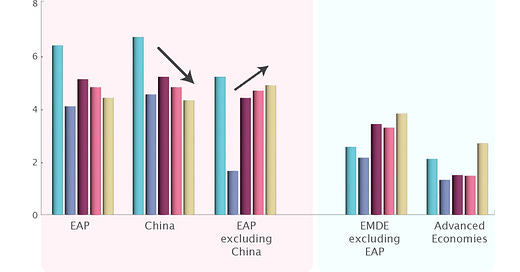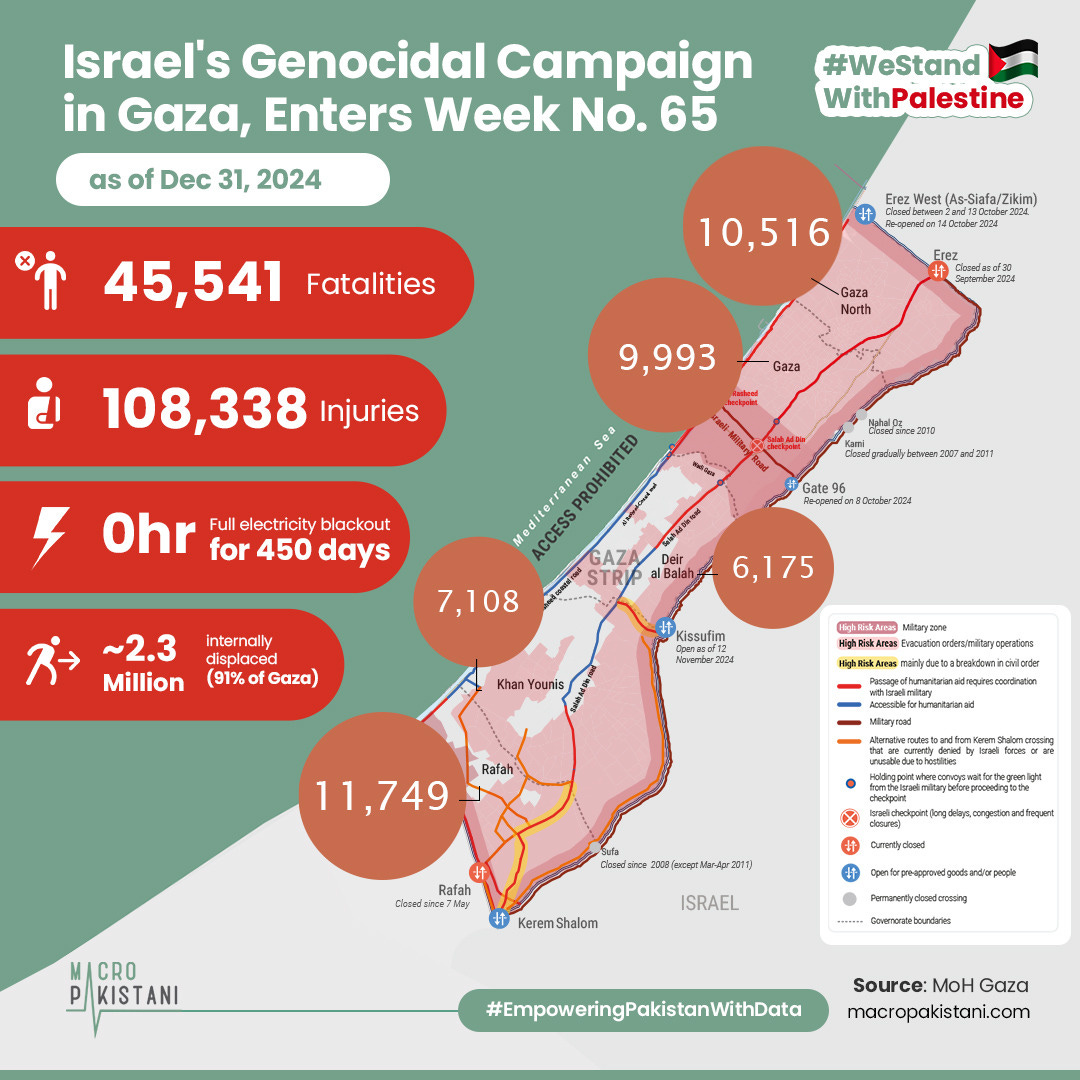Economic Prospects for East Asia and the Pacific
Amid robust growth and emerging challenges, East Asia and the Pacific remain pivotal players in the global economy, balancing resilience with the need for structural reforms.

The economies of developing East Asia and the Pacific (EAP) continue to stand out as global leaders, with a projected growth rate of 4.8 percent in 2024. This rate far exceeds the average growth of 3.3 percent in other emerging markets and developing economies (EMDEs) and 1.5 percent in advanced economies. Within the region, private consumption and services exports have been crucial in sustaining growth. However, private investment and goods exports have remained subdued, reflecting underlying challenges. Looking ahead to 2025, regional growth is expected to slow slightly to 4.4 percent, largely due to China's anticipated deceleration from 4.8 percent in 2024 to 4.3 percent in 2025. China's economic slowdown stems from persistent property market issues, subdued consumer and investor confidence, and structural challenges such as aging and global geopolitical tensions.
What measures can EAP economies adopt to balance short-term stabilization with long-term structural reforms?
Despite China's slower growth trajectory, the rest of the EAP region demonstrates resilience, with projected growth rates of 4.7 percent in 2024 and 4.9 percent in 2025. The region's growth has been supported by robust domestic consumption, recovering goods exports, and a rebound in tourism. These factors are expected to sustain economic expansion, aided by improving financial conditions. Notably, Pacific Island Countries, while smaller contributors to the regional economy, are forecast to grow by 3.5 percent in 2024 and 3.4 percent in 2025. This consistent performance underscores the diverse economic drivers within the region, which range from services and manufacturing to natural resource-dependent growth. Such diversity may offer a buffer against localized economic shocks, provided that policy measures continue to nurture these growth engines.
However, the EAP region is not without risks. Geopolitical tensions, particularly those arising from the Middle East conflict, have elevated shipping costs and commodity price volatility. Global economic uncertainties, such as fiscal or trade policy shifts in the United States, also pose challenges, with potential negative impacts on EAP industrial production and stock prices. Domestic policy uncertainties within the region further amplify these risks. Over the long term, structural transformations in trade and technology may redefine the region's economic landscape. With shifting trade dynamics and the rise of automation and digitization, EAP economies face the dual challenge of maintaining inclusivity while adapting to the evolving global economy.
GRAPHIC
As we start 2025, the Israeli army continues the genocidal war on Gaza that has killed more than 45,550 civilians, mostly women and children, since October 7, 2023.
In November, the International Criminal Court issued arrest warrants for Prime Minister Benjamin Netanyahu and his former Defense Minister Yoav Gallant for war crimes and crimes against humanity in Gaza.
Israel also faces a genocide case at the International Court of Justice for its war on the enclave.
Macro Pakistanis who read this newsletter can directly give us feedback via Substack chat:
Data Visualization & Marketing Partner: Brand Nib
Visit: https://macropakistani.com/advertise/
Grateful for the ever-growing list of collaborators!
About Us: Macro Pakistani is a data-driven research platform that aims to provide a basic understanding of Pakistan’s economy. If you have an interest in contemporary news but are currently overburdened with sensationalism and specialized vocabulary, we are the platform for you.
How are we doing? Please send us any questions, comments or suggestions by replying to this email.





Good Analysis Keep writing loves your work